Introduction
The Flower Festival (花朝节, huācháo jié), simplified as 花朝 (huācháo), is also known as the "Flower Goddess Festival (花神节, huāshén jié)," "Hundred Flowers’ Birthday (百花生日, bǎihuā shēngrì)," and "Flower Goddess’ Birthday (花神生日, huāshén shēngrì)." It is a festival where people can admire the blossoming flowers and show their respect for nature and the goddess of nature. The emergence of this flower festival has led to some confusions. Some claim it began during the Spring and Autumn Period, others during the Pre-Qin era, and some argue it emerged during the Tang Dynasty.
The exact historical origins of this festival are not well-documented from the artifacts unearthed. Even with some historical records, it is still a challenge to pinpoint the exact dynasty for this festival. Perhaps they were called by a different name or a different festival slowly evolved into the flower festival known in the Tang Dynasty. What we can be certain of is that by the Tang Dynasty, the festival existed; whether it started before or during that period is still a matter of speculation.
The earliest evidence of its existence dates back to the Spring and Autumn Period in the work of "táozhū gōngshū (陶朱公书)." Ancient Chinese society placed a strong emphasis on the reverence of nature. Hence, this festival, as its name suggests, is a day to pay respect to the gods and goddesses on the Flower Goddess's birthday, to pray for the bountiful growth of their crops and trees, and to connect with the people around them through gatherings. The latter serves as an important networking event, particularly for scholars and wealthy families.
Origin Story
Regarding the term "flower goddess" and the customs of the festival, there is a rumor that traces its origin back to the Northern Wei Dynasty, during the time of Lady of Northern Wei. The key figure associated with this is her female disciple, known as 女夷 (nǚyí), whose name is 黄令微 (huáng lìngwēi), a Taoist from the Sui and Tang Dynasties.
It is said that she had a deep passion for flowers during her lifetime. Rumors from future generations suggest that, like her master, she too achieved immortality and came to govern over the world's known flowers. As a result, she was given the title of "flower goddess" by later generations, and the Flower Festival became associated with her name.
《淮南子·天文训》:“女夷鼓歌,以司天和,以长百谷禽兽草木。”
Rough translation; "Nuyi plays music and sings to maintain harmony in heaven and nurture all the birds, animals, plants, and trees."
《中国民间俗神》:“花姑本是一个种花的女子,因崇道奉祀魏夫人,一跃而为花神。”
Rough translation; "Flower maiden was originally a woman who cultivated flowers, but due to her devoted reverence for Lady of Wei, she became a flower goddess."
During the Tang Dynasty, Wu Zhe Tian also had a profound love for flowers. Every 15th day of the second month in the lunar calendar, she would send servants to gather flowers, which would then be integrated into rice to make flower-shaped cakes (花糕, huāgāo) that she would reward to her government officials. As emperors adopted such customs during the flowering season, commoners also began to follow the trend. They started adding their unique customs to the festival to make it suitable for regions where flowers bloomed either earlier or later in the year.
Date Ranges
This type of festival is most popular in regions like Northeast China, North China, East China, Central-South China, and others. However, there are no specific dates for the festival. The timing of the festival depends entirely on the region, temperature, and when flowers bloom as spring approaches.
Due to the temperature variations across China, the country is broadly divided into North and South regions. Flowers in these two areas bloom at different times depending on how quickly the temperature warms up. As a result, the festival is celebrated at different times in different regions.
The North experiences a faster warming of temperatures, so the festival is usually held around February 2nd or 12th in these areas. In contrast, the South experiences later blooming, and their festival dates typically fall on February 15th, 25th, or even later. It is said that this variability in dates persisted until the Qing Dynasty when it became more standardized, with the South celebrating on the 12th and the North on the 15th universally.
In ancient times, people also combined the flower festival with the Mid-Autumn Festival, leading to the phrase "花朝月夕, huāzhāo yuè xī" (Flower Festival and Mid-Autumn Evening).
Customs
Referenced from Lishi Jiang Xiao Jian (历史酱小间) & Xiao Cai Shan (小采彡)on Douyin. In ancient China, the Flower Festival was a highly significant and cherished celebration. Festivals or holidays dedicated to paying respect to nature or flowers were rare, highlighting the deep love and reverence that the Chinese people had for flowers and trees for a long time.
On the day of the festival, the custom was to gather outdoors and enjoy the sight of blooming flowers, a practice known as "踏青 (tàqīng)" or outing. Females would also cut out different colored paper and tie them to trees using red rope, a tradition called "赏红 (shǎng hóng)." They would hang silk threads and ribbons to decorate the branches as offerings to the flower goddess and would also hang small lanterns. While decorating the trees, they would pray for the flourishing growth of flowers and trees.
Besides praying for flourishing crop growth, people also prayed for their own health, their families, and for their dreams to come true. They wished for a smooth life, abundant harvests, family harmony, and the continuation of generations. These prayers were often personal and heartfelt.
Females would also make cutouts or use fresh flowers to decorate their hair. Based on records, men were also open to putting flowers to decorate their hairstyles or hats. It was not something that only females could do.
During the Qing Dynasty, the poet Zhang Chunhua described the beautiful scenes of young girls dressed in their finest attire going out on the day of the Flower Festival with the lines: "春到花朝染碧丛,枝梢剪彩袅东风。蒸霞五色飞晴坞,画阁开尊助赏红."
Rough translation; “Spring has arrived, the Flower Festival paints the greenery. Trimmed colorful papers on branches blow with the East wind. Mist and rose hues rose above the pavilion, allowing better appreciation of red."
Customs and habits related to the Flower Festival could vary depending on the region. Some regions might include practices like "装狮花 (zhuāng shī huā, lion dance with flowers)", lighting "花神灯 (huāshén dēng flower deity lanterns)", enjoying "花糕 (huāgāo, flower cakes)”, and performing "拜花神 (bài huāshén, worshiping the flower goddess )".
The most important custom during this festival was visiting temples and burning incense to pay respect and worship the flower and tree goddesses, seeking their blessings for bountiful crops and the flourishing of nature as temperatures warmed up. At night, people would parade with "flower lanterns" to pray for blessings.
A unique custom during the festival was the consumption of small flower cakes, a tradition attributed to Wu Zetian during the Tang Dynasty. These cakes became popular during the Tang Dynasty, and court ladies and servants would collect flower petals, mix them with rice, and shape them into flower designs to reward government officials. The custom symbolized "步步升高, bù bù shēnggāo (gradually rising)" and expressed wishes for families and relatives to make steady progress in life.
Seed forecasting was also integrated into the festival. People believed that everything in the mortal realm was controlled by gods and goddesses, so forecasting customs were performed during the Flower Festival.
Initially, only individuals of higher social status and scholars could attend this festival. It was not just about admiring the beauty of blooming flowers but also showcasing literary and poetic talents inspired by the natural beauty. The festival served as a gathering of the wealthy and the intelligent. The wealthy used it to network and expand their influence, while scholars engaged in poetry competitions to demonstrate their literary prowess. The gatherings featured snacks and liquor.
It was only during the Northern Song Dynasty that the festival became more accessible to commoners through the inclusion of simpler and more inclusive activities, such as planting flowers, trees, and wild plants as a sign of respect for nature. This shift allowed the festival to spread from the elite to the common people.
Regrettably, this festival has disappeared for hundreds of years. The absence of a fixed date, which depended on regional and temperature variations, may have contributed to its decline. However, in recent years, younger generations have shown increased interest in China's traditional festivals and culture, leading to the gradual revival and remembrance of lost festivals like the Flower Festival.
Fun Fact - China's 12 Flower Goddesses
China is renowned for the beauty of its flowers, and each month is associated with different flowers, each with its unique meanings and linked to Chinese female characters such as the famous 杨玉环 (yang yuhuan), 西施 (xi shi), 貂蝉 (diaochan), and 王昭君 (wang zhaojun). I won't delve into the depths of each flower's symbolism and how it relates to each representative, so if you're interested, you can look it up when you have some free time. However, below are the types of flowers based on the months;
- January: Plum Blossom
- February: Apricot Blossom
- March: Peach Blossom
- April: Peony
- May: Pomegranate Flower
- June: Lotus Flower
- July: Jade Hairpin Flower (Yu Zan Hua)
- August: Osmanthus Flower
- September: Chrysanthemum
- October: Hibiscus
- November: Camellia
- December: Narcissus Flower
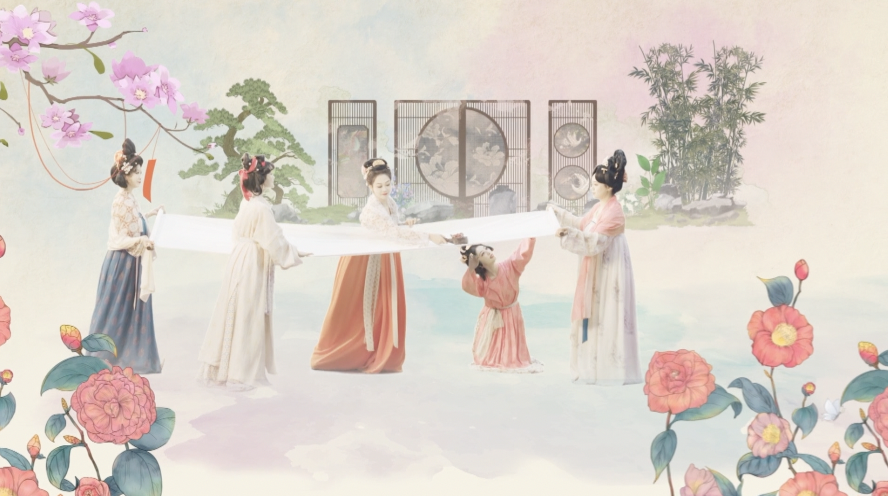
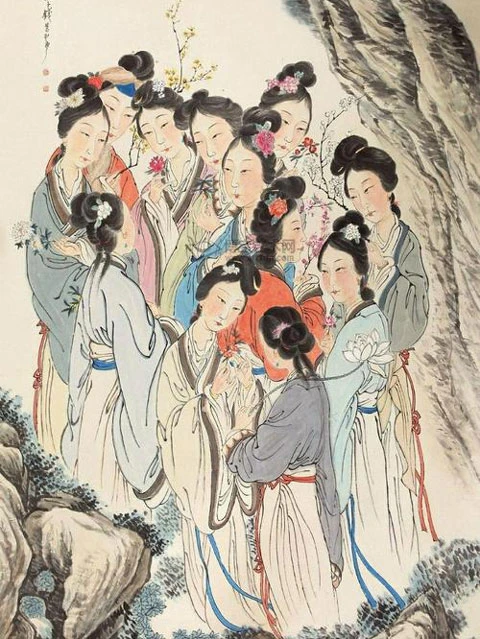
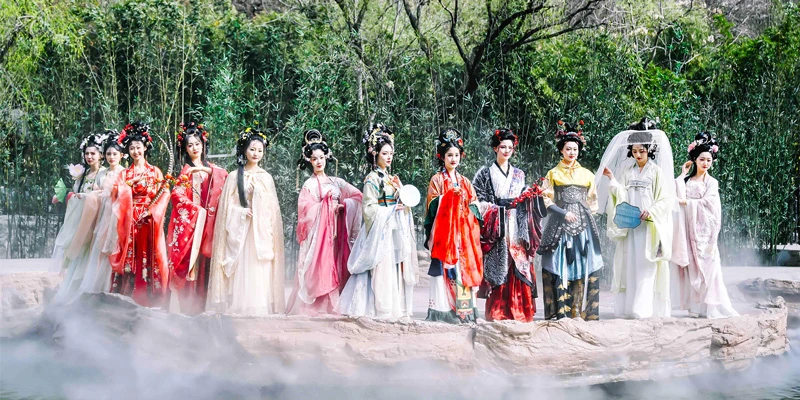
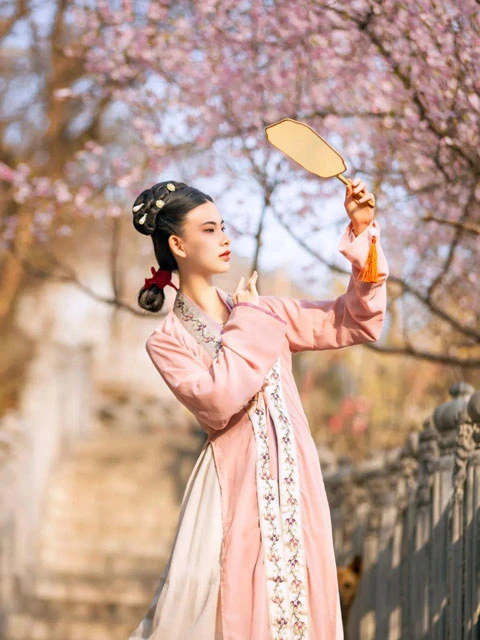
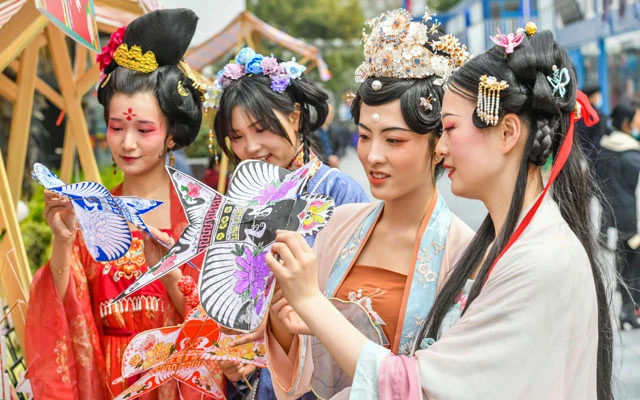
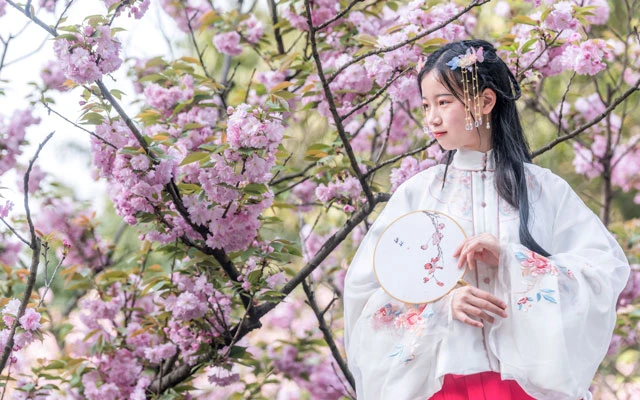
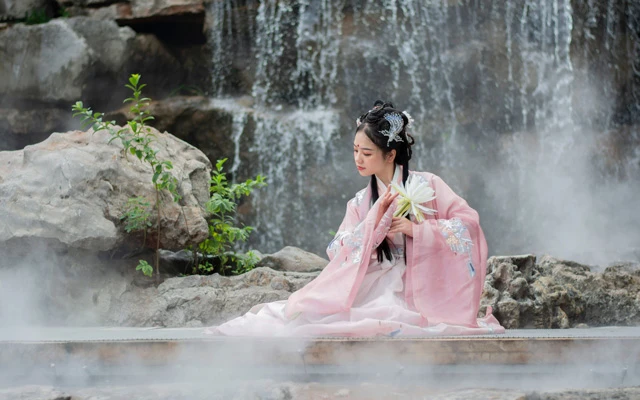
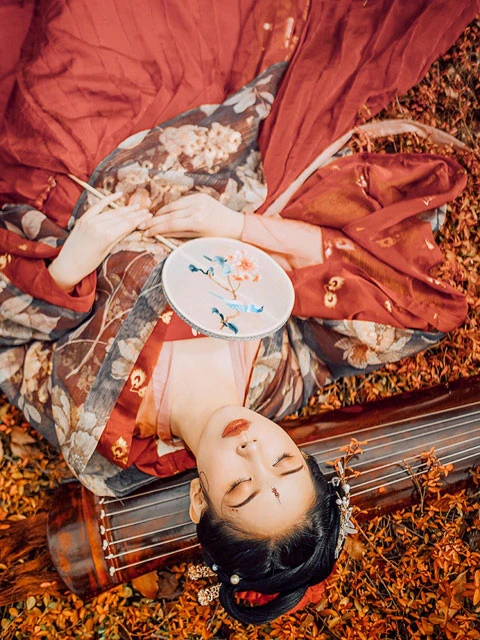
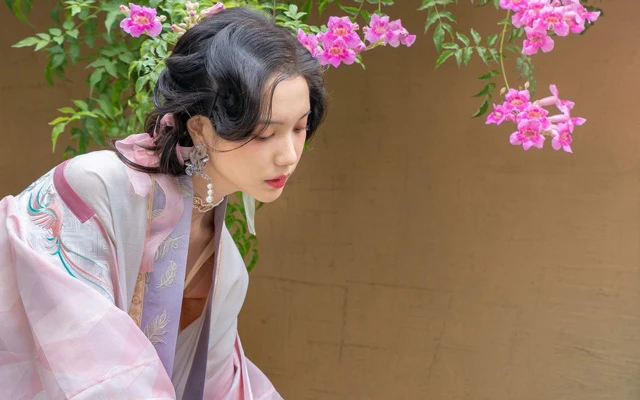
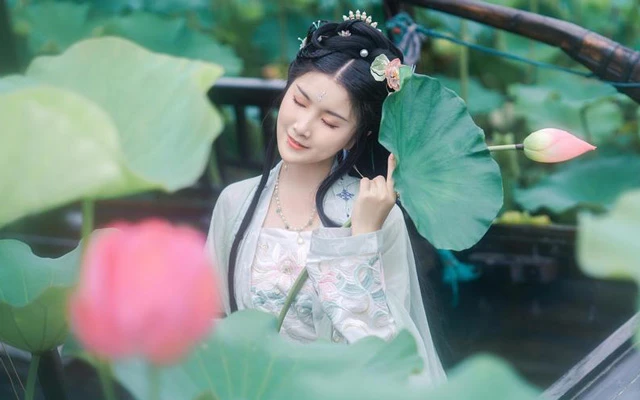
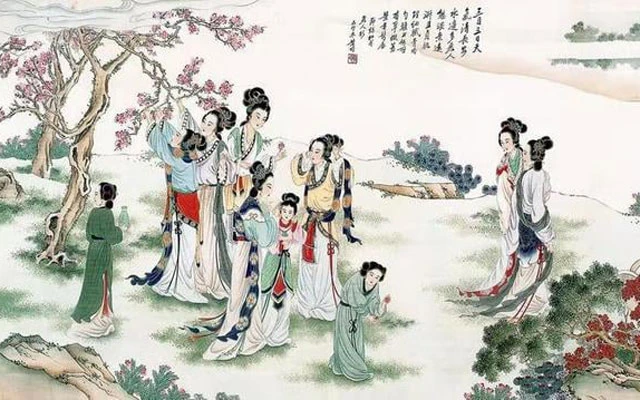
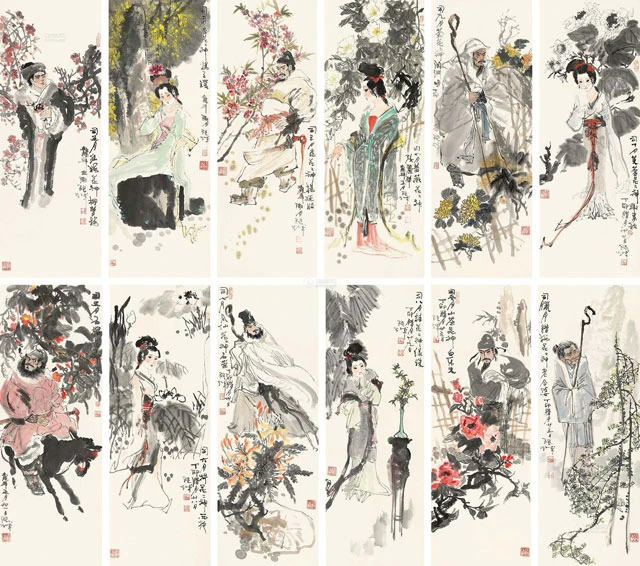


Fascinating! I love seeing young folks in China recovering and restoring their heritage; It's beautiful and I hope they have fun!
Me too!